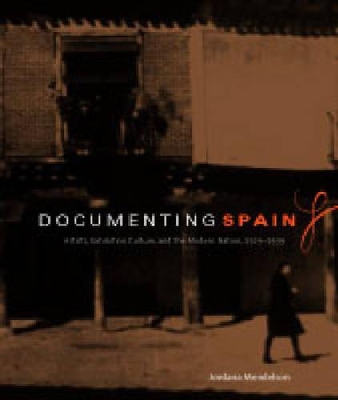The news media have given us potent demonstrations of the ambiguity of ostensibly truthful representations of public events. Jordana Mendelson uses this ambiguity as a framework for the study of Spanish visual culture from 1929 to 1939—a decade marked, on the one hand, by dictatorship, civil war, and Franco’s rise to power and, on the other, by a surge in the production of documentaries of various types, from films and photographs to international exhibitions.
Mendelson begins with an examination of El Pueblo Español, a model Spanish village featured at the 1929 International Exposition in Barcelona. She then discusses Buñuel’s and Dalí’s documentary films, relating them not only to French Surrealism but also to issues of rural tradition in the formation of regional and national identities. Her highly original book concludes with a discussion of the 1937 Spanish Pavilion, where Picasso’s famed painting of the Fascist bombing of a Basque town—Guernica—was exhibited along with monumental photomurals by Josep Renau.
Based upon years of archival research, Mendelson’s book opens a new perspective on the cultural politics of a turbulent era in modern Spain. It explores the little-known yet rich intersection between avant-garde artists and government institutions. It shows as well the surprising extent to which Spanish modernity was fashioned through dialogue between the seemingly opposed fields of urban and rural, fine art, and mass culture.
- ISBN10 0271024747
- ISBN13 9780271024745
- Publish Date 15 October 2005
- Publish Status Active
- Publish Country US
- Imprint Pennsylvania State University Press
- Format Paperback (US Trade)
- Pages 312
- Language English
